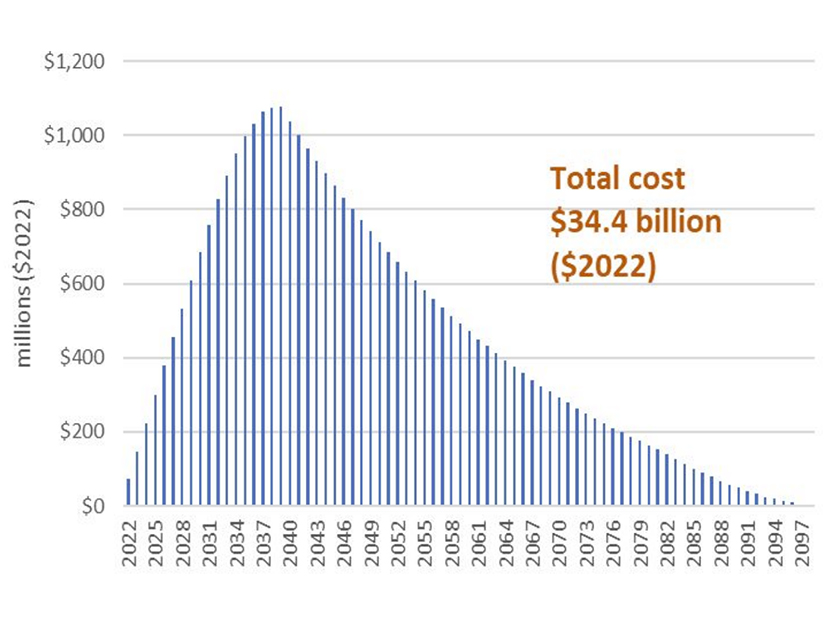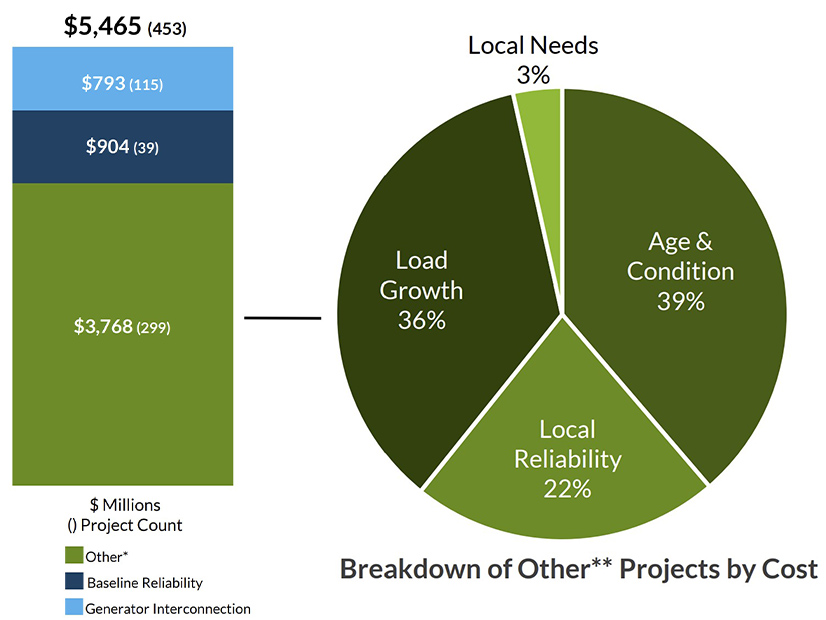Stakeholders Endorse Real-time Temporary Exception Manual Revisions
VALLEY FORGE, Pa. — The Market Implementation Committee endorsed revisions to Manual 11 to codify the real-time temporary exception paradigm approved by FERC on Nov. 30. This replaces PJM’s real-time values process for generators to submit any change in their ability to perform to their unit-specific parameters. (See “Real-time Temporary Exceptions Manual Revisions Proposed,” PJM MIC Briefs: Jan. 10, 2024.)
The temporary exceptions process is designed for short-term events and repeat or long-term constraints over 30 days that should be reported to PJM and the Independent Market Monitor as period exception requests, PJM’s Lauren Strella Wahba said. Generation owners should notify PJM and the Monitor when the resource has returned to being able to operate at full capability.
During the Feb. 8 Operating Committee meeting, PJM’s Chris Pilong said temporary exceptions led to an uptick in outages being reported at least a day in advance of the unit being scheduled. However, only 22% of gas generators reported outages despite all pipelines seeing constraints that warranted notifying PJM.
PJM Discontinues Market Certification Exam
Citing low participation and difficulties keeping exam materials up to date with the rate of market design change, PJM has retired its market certification exam with the aim of replacing it with a certification of training completion which signals that an individual is competent with the procedures in place at that time.
PJM’s Don Kujawski said it typically takes two to three years to develop new exams, introducing the possibility that questions may be outdated by the time trainees are in the classroom. Enrollment also has been significantly lower than the other certification programs PJM administers. About 60 people have taken the markets exam since its inception, whereas around 1,000 have taken the generation and transmission exams.
The new paradigm will be put into practice with the market optimization workshop scheduled for the third quarter of 2024.
Other Committee Business:
-
- PJM provided additional detail on its quick fix proposal to revise Manual 11 to reflect its approach to interface pricing points, a mechanism that groups buses together when calculating LMPs for energy transfers between external areas. Delivering the second first read, PJM’s Zhenyu Fan said the proposal is a response to a recommendation from the Independent Market Monitor that PJM adjust the weighting of the component interfaces to maintain congruity between prices and system conditions and also conduct annual reviews of the mapping of neighboring balancing authorities to individual interface pricing points. The manual revisions would add a definition for interface pricing points and establish an annual review looking at power flow impacts on each interface. Fan said similar language already included in the governing documents and the manual changes, which are set to be considered for MIC endorsement March 6, would memorialize existing practices. (See “Quick Fix Proposal on Interface Pricing Points,” PJM MIC Briefs: Jan. 10, 2024.)
- PJM’s Pete Langbein told the committee that an increase in load forecasting will prompt demand for about 3,000 MW of additional capacity in the third Incremental Auction, which is set to open Feb. 27.

